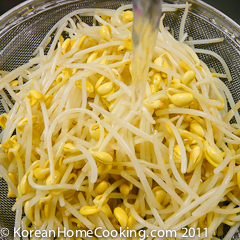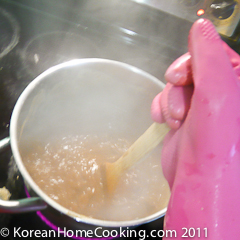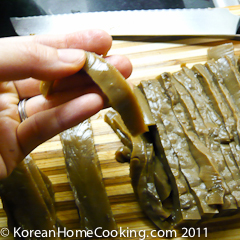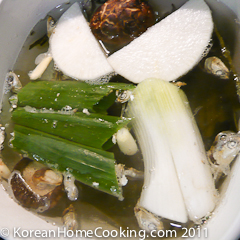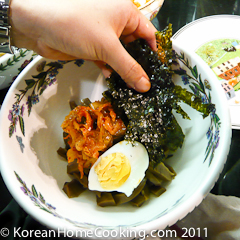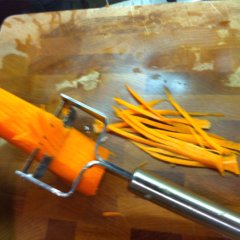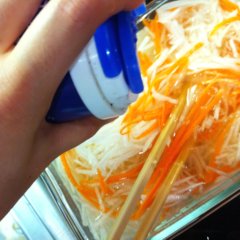
The weather is finally becoming more like summer! I am already getting excited because we already have two camping trips and a few outdoor activities planned for coming months. In this kind of weather, a simple cold dish is just about what I need. When the weather turns hot, you really want to avoid any thing to do with the heat, be it your stove. Also you don't want to have left-overs sitting in your refrigerator for too long since the foods tends go bad more quickly even when kept in the refrigerator.
So here is a perfect dish for this summer, Tofu Stick Salad. It combines these two essential elements of summer dish: you don't have to use the heat, and you are most likely to have these ingredients in your fridge that should to be consumed pretty soon. No need to go grocery shopping. Just enjoy minimal cooking and refresh your appetite for this summer.
Main Ingredients:
tofu (1 block. firm)
cucumber (1/2)
cherry tomato (10)
fake crab meat (4-5)
Ingredients for Sauce:
water (6 tbl)
vinegar (3 tbl)
sugar (3 tbl)
soy sauce (1 tbl)
garlic (1 tbl, minced)
sesame oil (1/2 tbl)
salt (1/2 tsp)
1.
 Cut tofu to about 1/4 inch thick sticks.
Cut tofu to about 1/4 inch thick sticks.2.
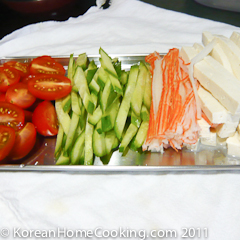 Julienne cucumbers and other vegetables of your choice thin and long.
Julienne cucumbers and other vegetables of your choice thin and long.3.
 Combine all the ingredients for sauce and shake well.
Combine all the ingredients for sauce and shake well.4.
 Place the tofu sticks at the bottom and stack all the other ingredients on top. Then pour the sauce over.
Place the tofu sticks at the bottom and stack all the other ingredients on top. Then pour the sauce over.


















